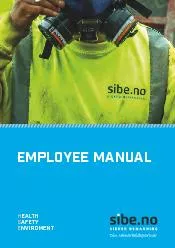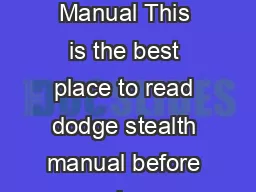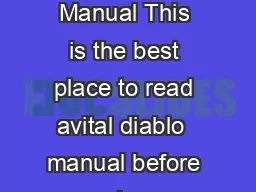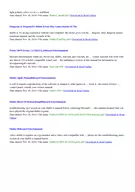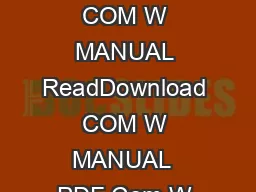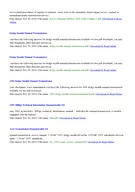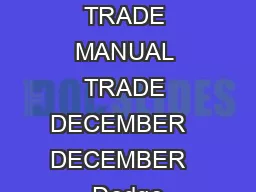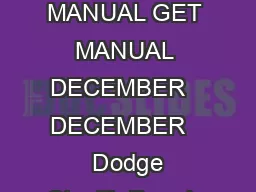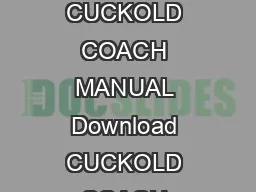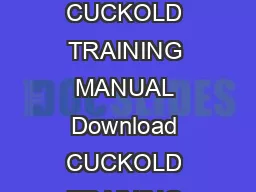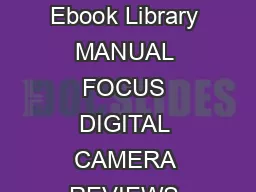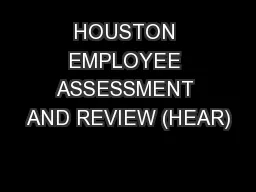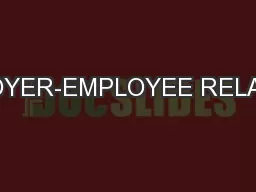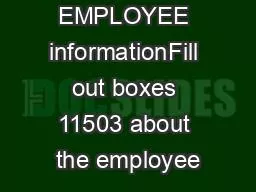PDF-Employee manual ealthafety
Author : lam | Published Date : 2021-06-07
CONTENTSWELCOME TO SIBEABOUT SIBEYOUR EMPLOYMENT AT SIBEEmployment at SIBEWork agreement Assignment con31rmation Assignment o30er During assignmentPAYMENT AND WORK
Presentation Embed Code
Download Presentation
Download Presentation The PPT/PDF document "Employee manual ealthafety" is the property of its rightful owner. Permission is granted to download and print the materials on this website for personal, non-commercial use only, and to display it on your personal computer provided you do not modify the materials and that you retain all copyright notices contained in the materials. By downloading content from our website, you accept the terms of this agreement.
Employee manual ealthafety: Transcript
Download Rules Of Document
"Employee manual ealthafety"The content belongs to its owner. You may download and print it for personal use, without modification, and keep all copyright notices. By downloading, you agree to these terms.
Related Documents

